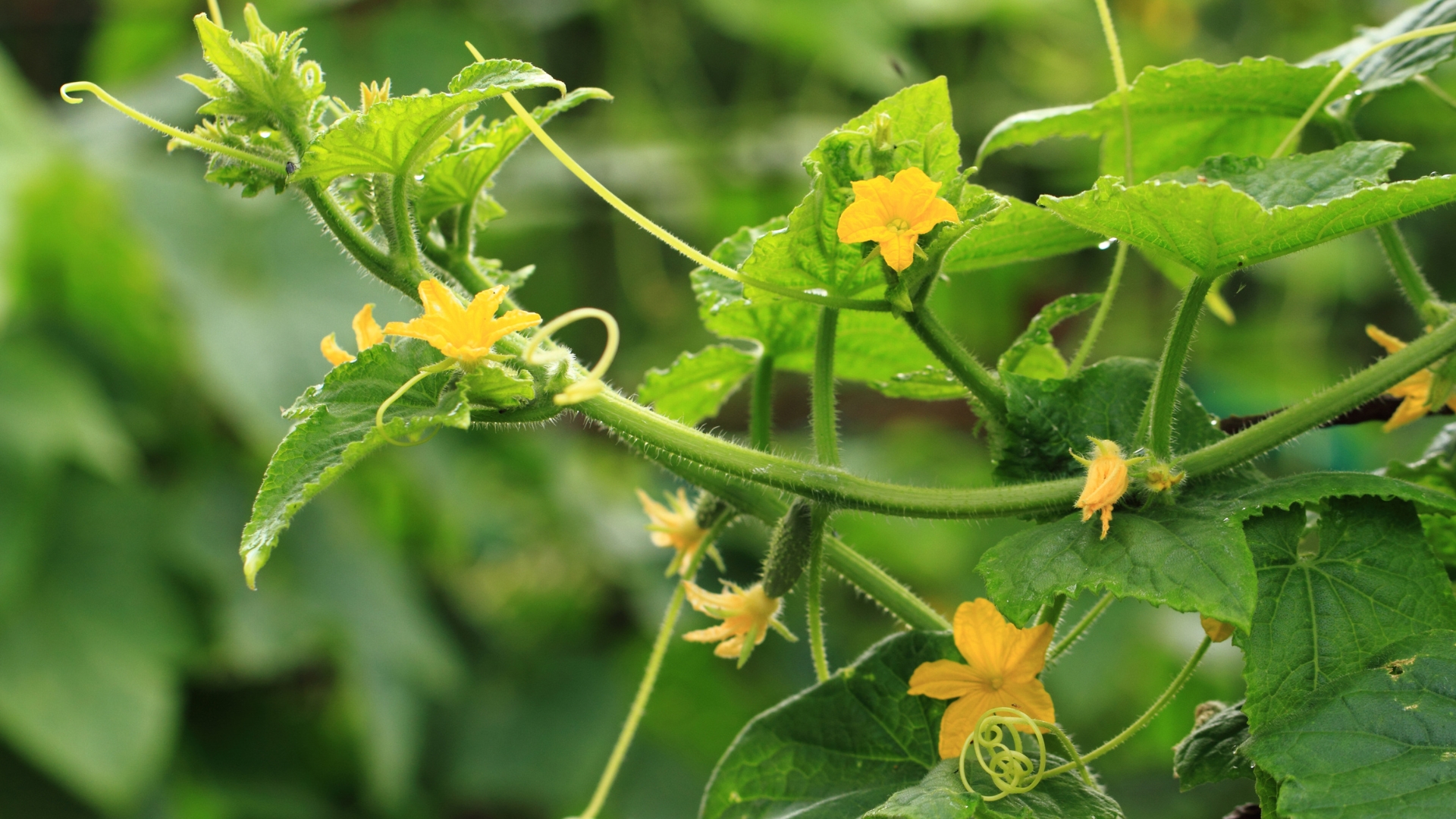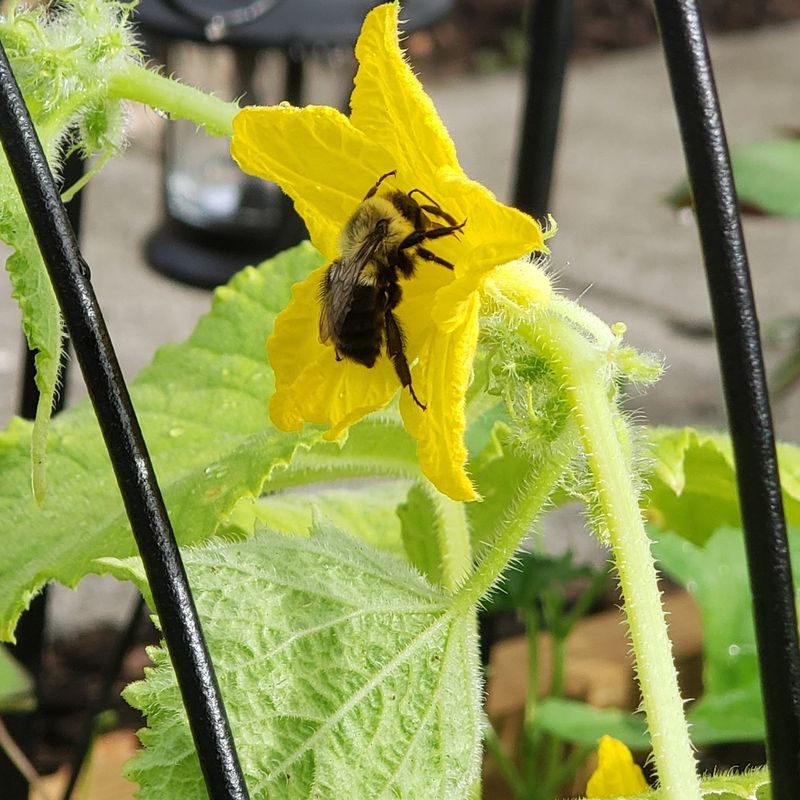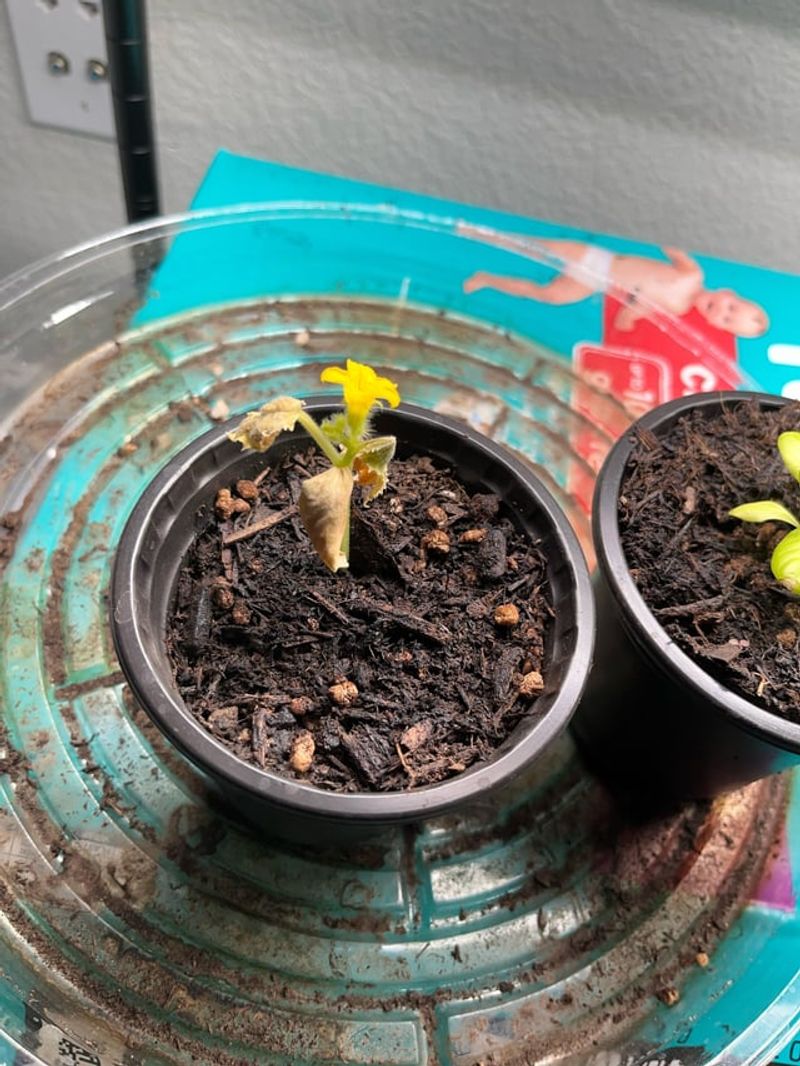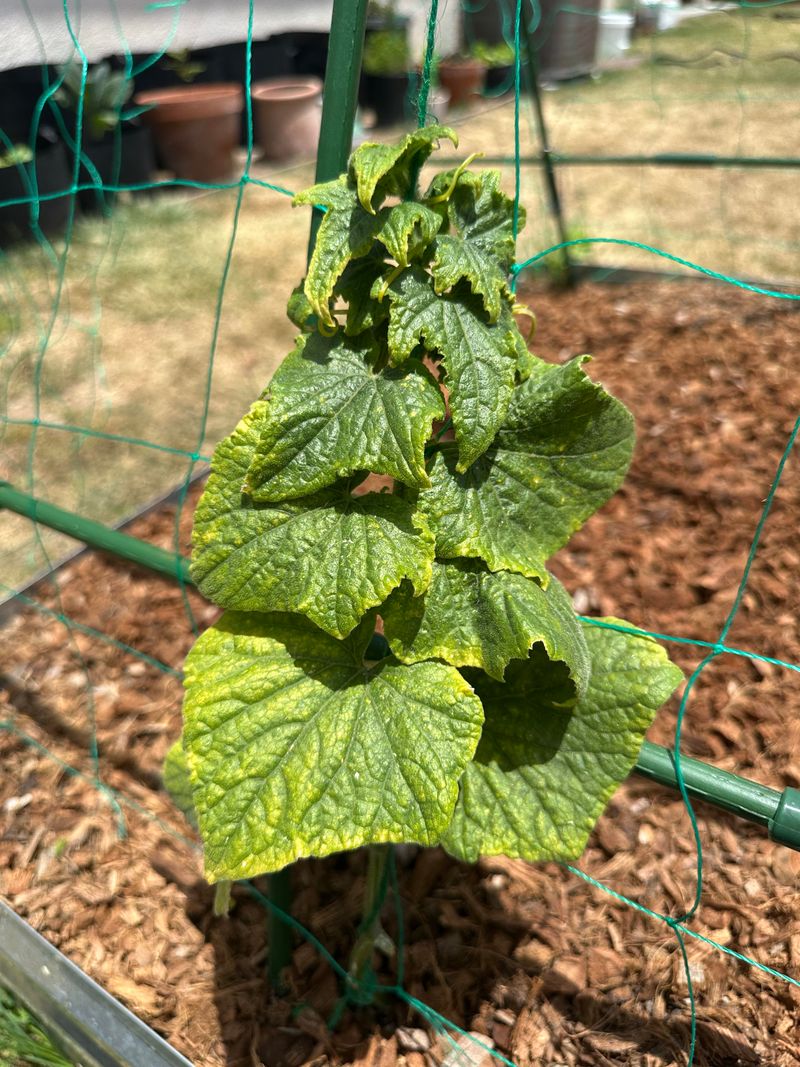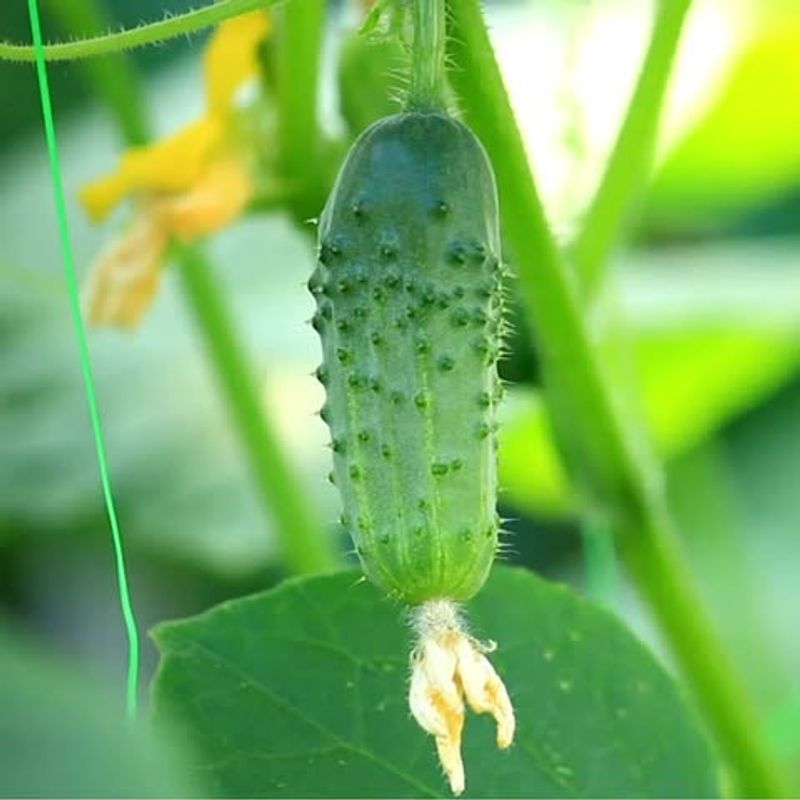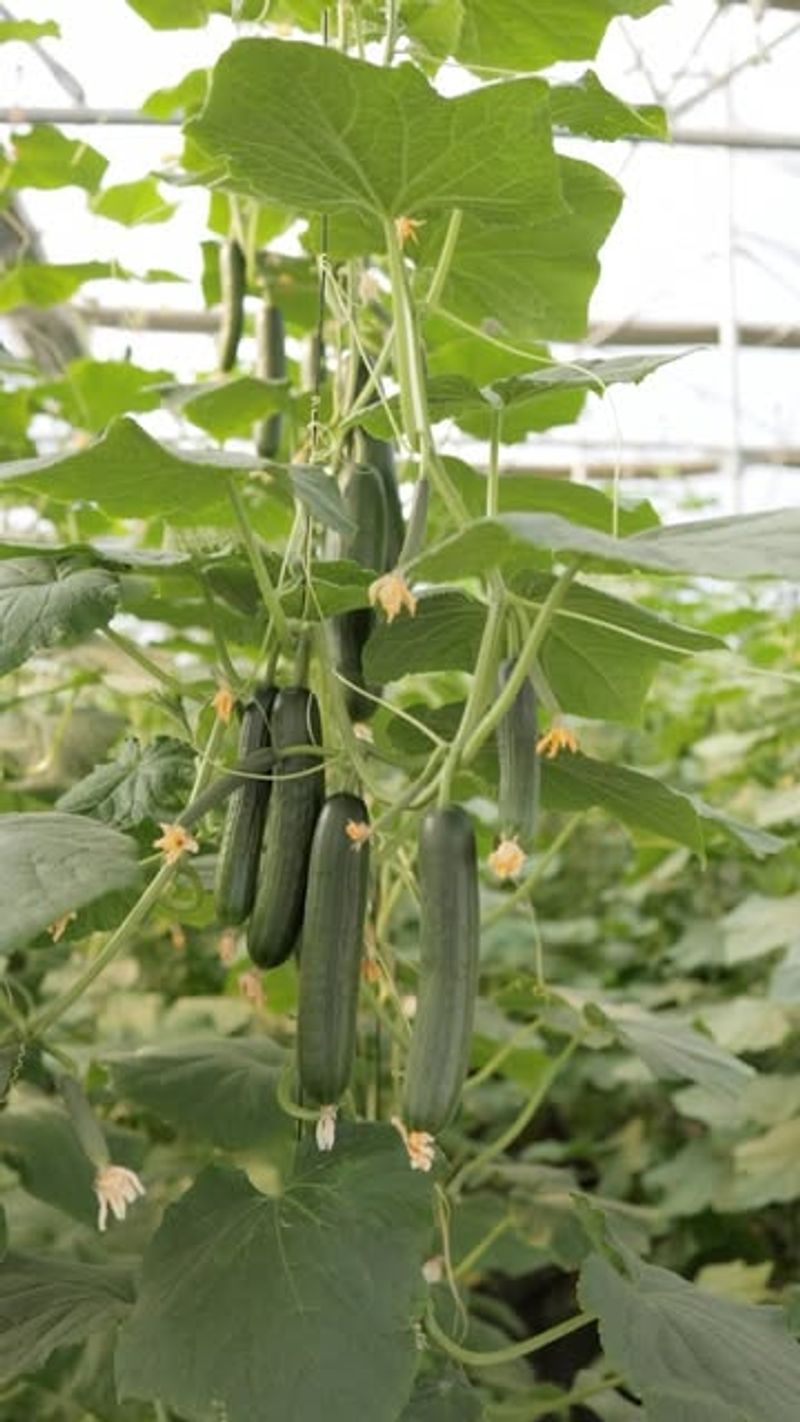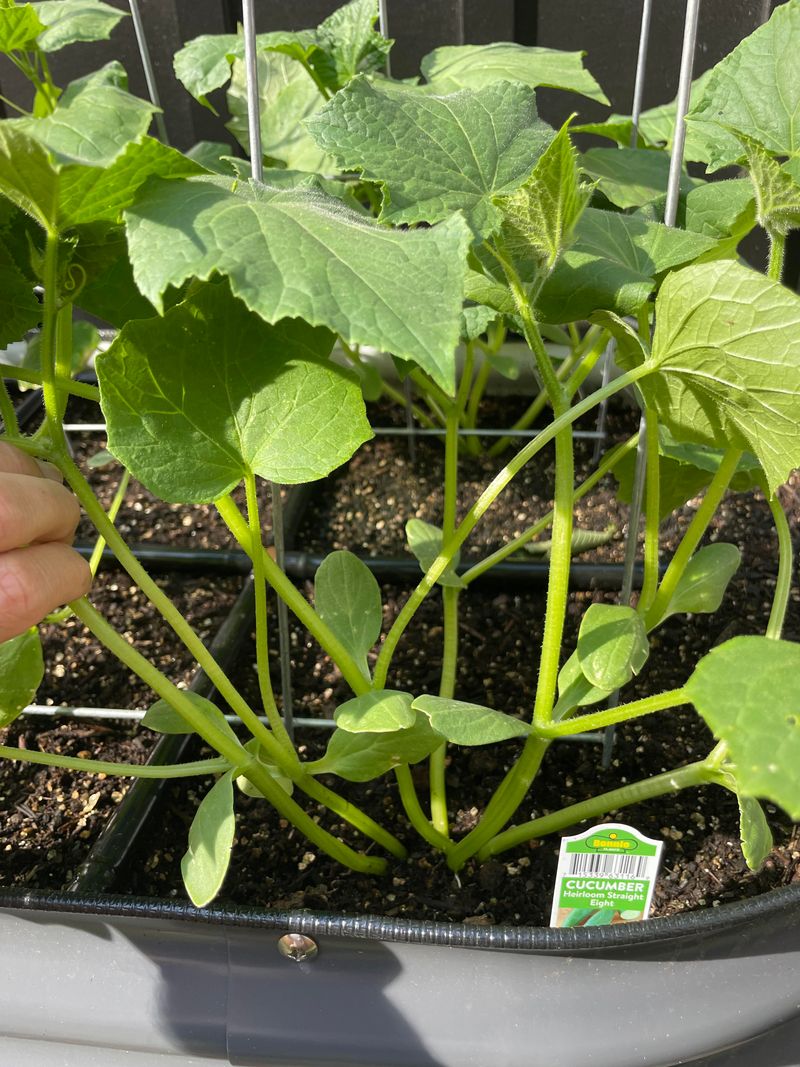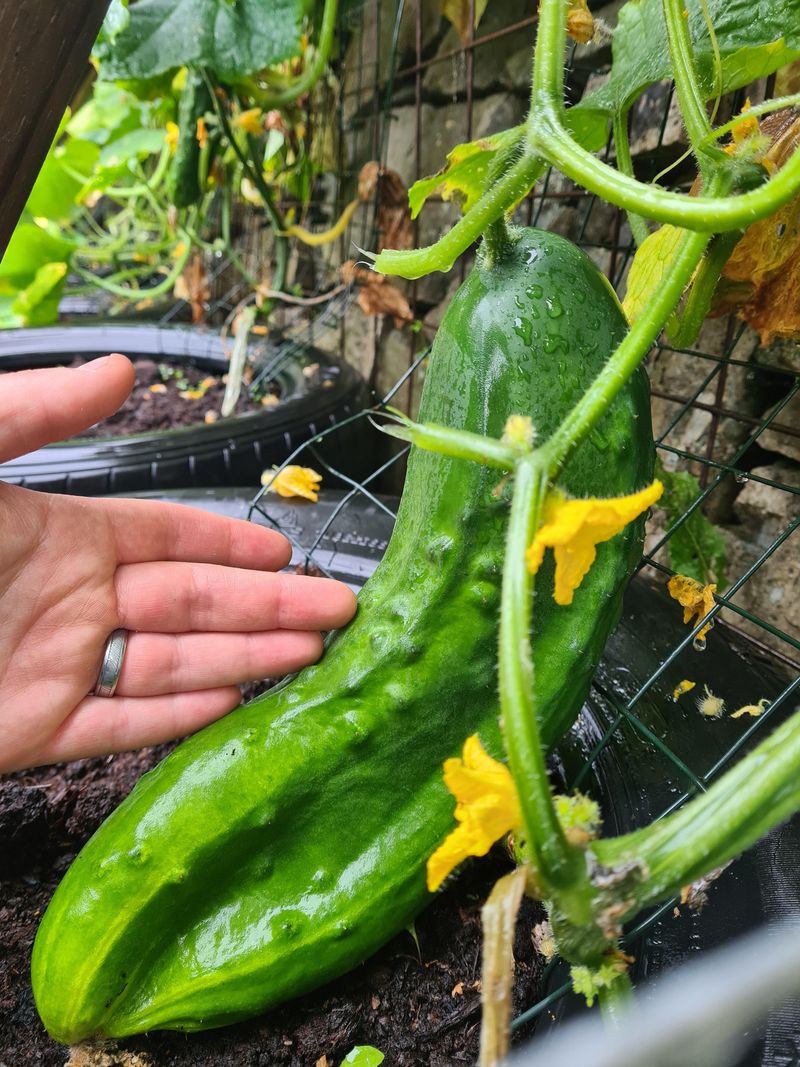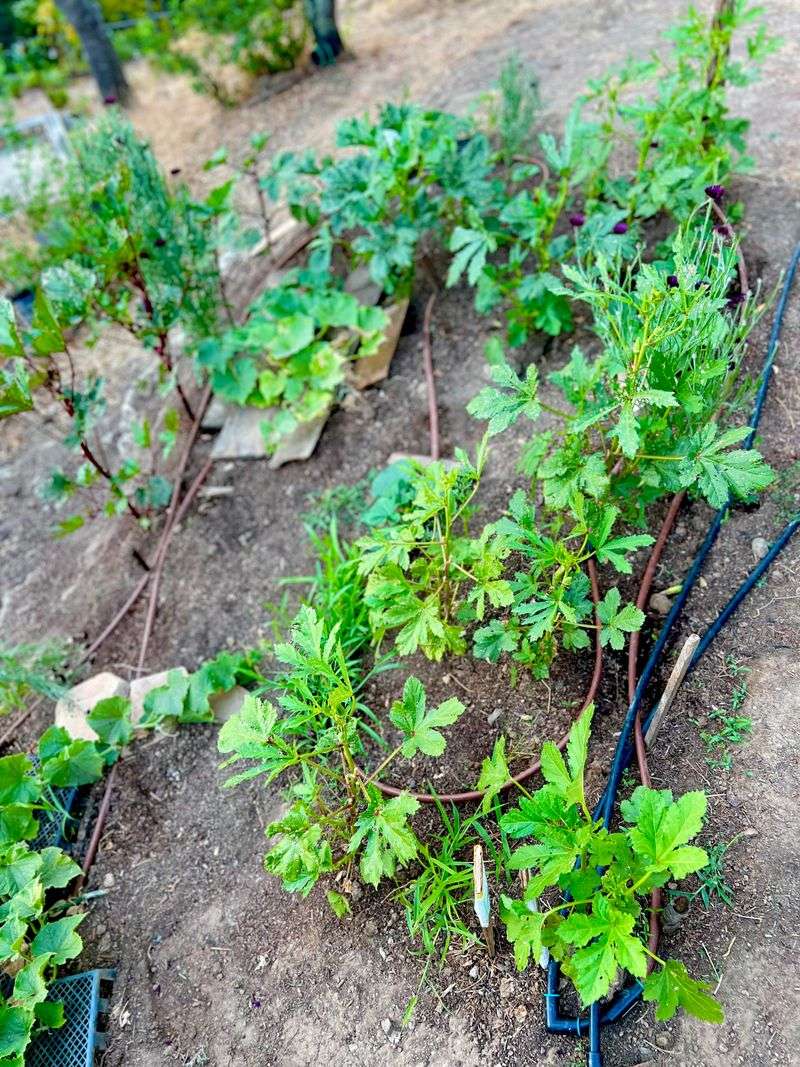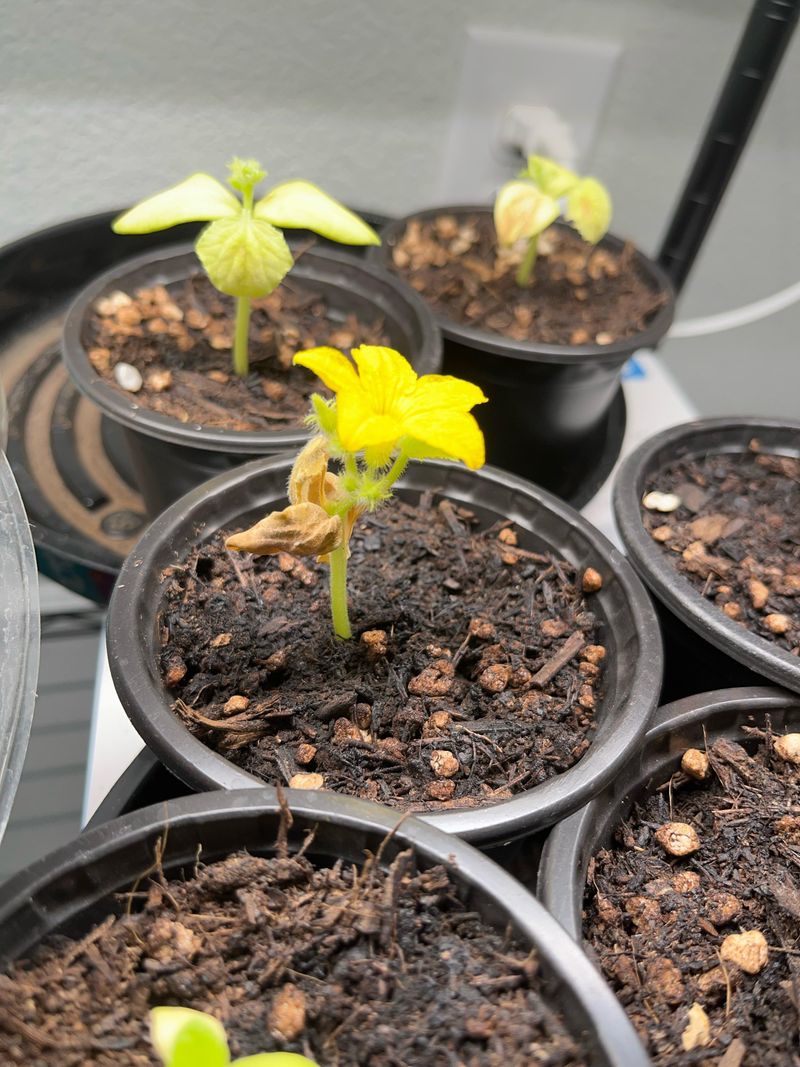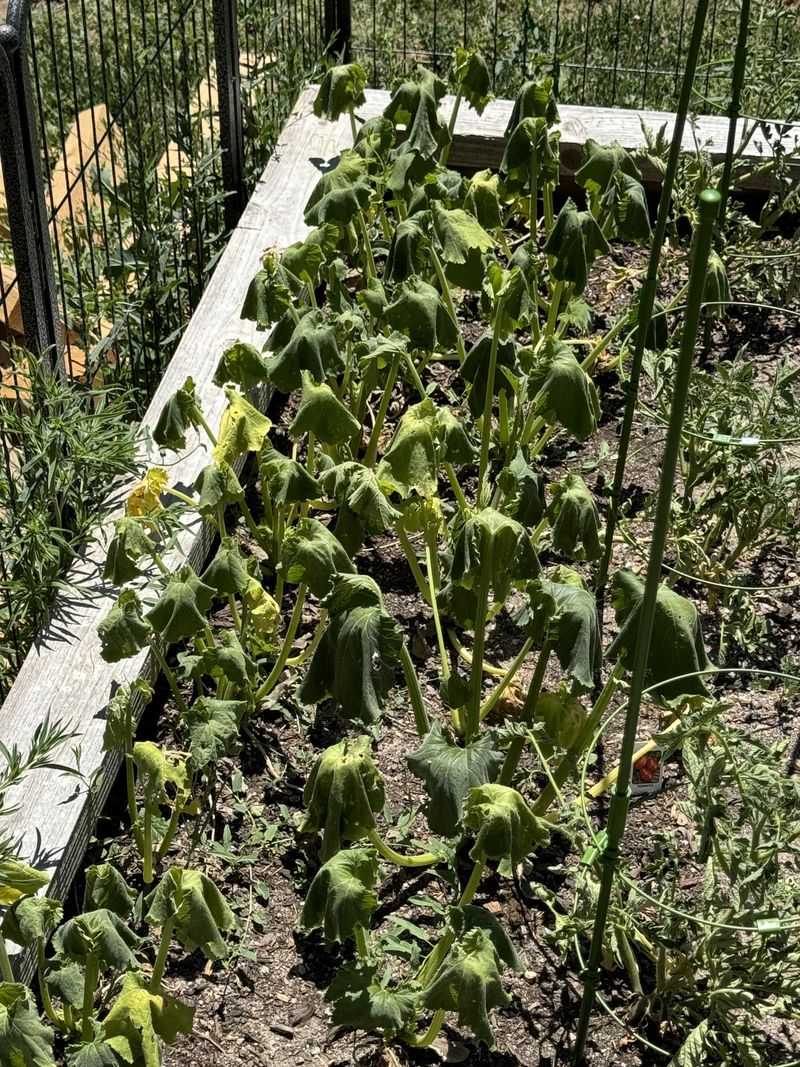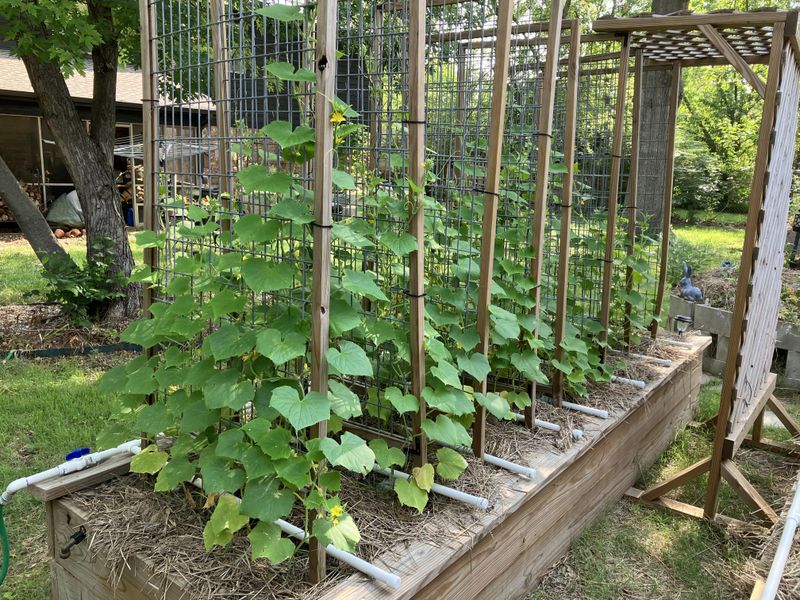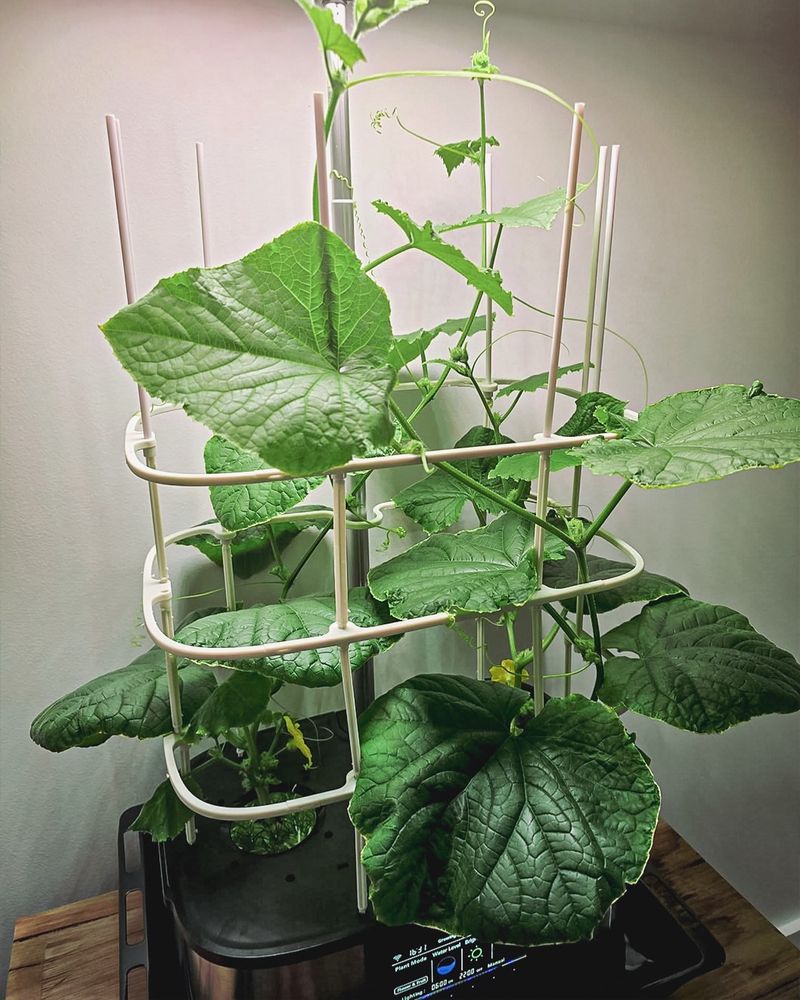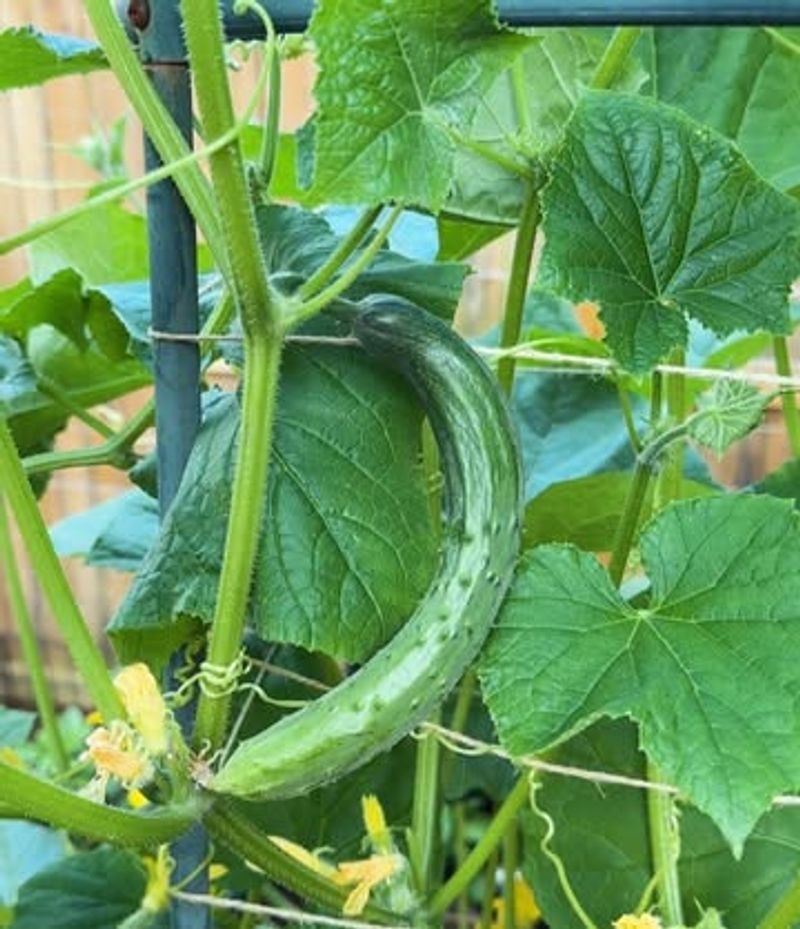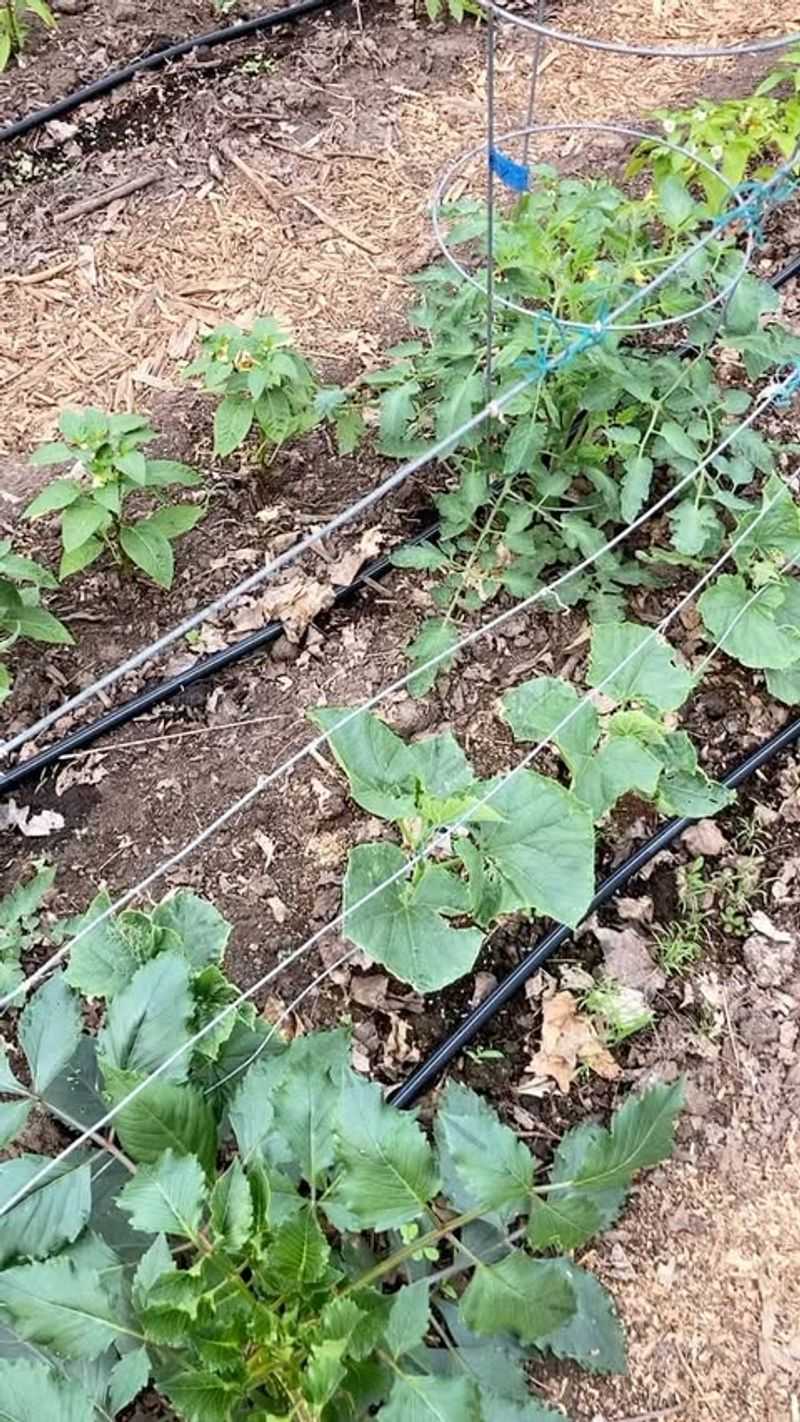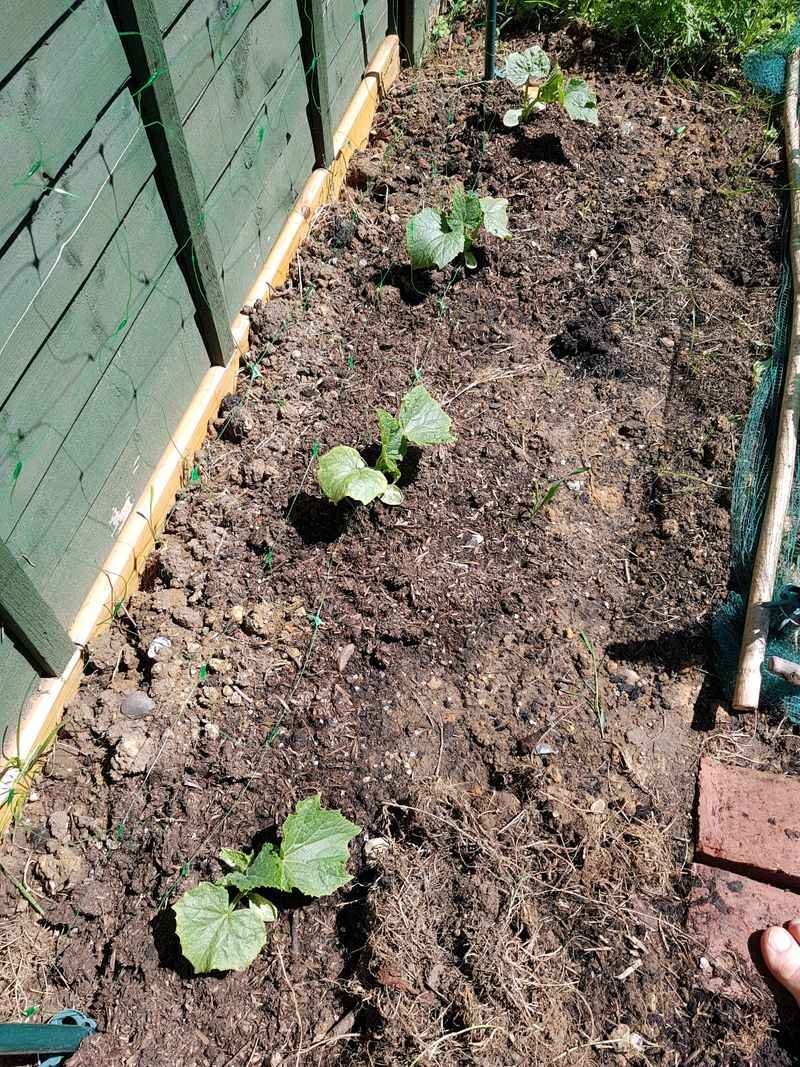Cucumber plants can be tricky—they love to show off their pretty flowers but sometimes forget to give you the fruit. I’ve been there, staring at blooms with no cucumbers in sight, wondering what went wrong.
These 6 reasons explain why your plants might be blooming without producing, and the best part? The fixes are easy and effective. With a few simple tweaks, you’ll go from flowers only to a full harvest.
Let’s get those cukes growing!
1. Poor Pollination
Cucumbers rely on bees and other pollinators to transfer pollen between male and female flowers. Without this crucial exchange, female flowers drop off without developing fruits.
Many modern gardens lack sufficient pollinators, especially in urban areas or where pesticides are used nearby. The timing matters too – pollinators are most active during morning hours when cucumber flowers are freshly opened.
2. Imbalanced Flowers
Cucumber plants produce both male and female flowers, but male flowers typically appear first and in greater numbers. This natural imbalance can fool gardeners into thinking something’s wrong when it’s just the plant’s normal development cycle.
Female flowers have a tiny cucumber-shaped swelling at the base, while males are just stems with blooms. Sometimes environmental factors like heat can cause plants to produce mainly male flowers, limiting fruit production.
3. Temperature Extremes
Cucumbers are temperature-sensitive plants that thrive between 65-85°F. When temperatures soar above 90°F or drop below 55°F, pollen becomes less viable, making fertilization difficult even with proper pollination.
Hot weather can cause flowers to drop before being pollinated. Cold nights slow down the plant’s metabolic processes, preventing proper fruit development. These temperature swings explain why you might see lots of flowers but no fruits during heat waves.
4. Nutrient Imbalance
Too much nitrogen promotes lush leafy growth at the expense of fruit production. Plants focus energy on growing beautiful vines and leaves rather than setting fruit when nitrogen levels are excessive.
Phosphorus deficiency can prevent proper flower development and fruit set. Potassium shortages affect the plant’s ability to transfer sugars and nutrients to developing fruits. A balanced feeding approach helps cucumber plants allocate resources correctly between growth and fruiting.
5. Water Stress
Inconsistent watering creates stress that causes cucumber plants to abort fruit development. When soil moisture fluctuates dramatically, plants prioritize survival over reproduction, dropping flowers before they can form fruits.
Drought conditions signal plants to conserve resources rather than produce fruits. Conversely, waterlogged soil prevents roots from accessing oxygen needed for healthy growth and fruit production. Cucumbers need consistently moist (not soggy) soil throughout their growing season.
6. Overcrowding
Cucumber plants need space to thrive – typically 18-24 inches between plants. When crowded, they compete for sunlight, nutrients, and water, often resulting in stressed plants that bloom but don’t fruit properly.
Poor air circulation in crowded plantings increases humidity around the foliage. This creates ideal conditions for fungal diseases while making it harder for pollinators to access flowers. Overcrowded plants also shade each other, reducing photosynthesis needed for fruit production.
7. Hand Pollination
When natural pollinators are scarce, taking matters into your own hands can save your cucumber harvest. Simply transfer pollen from male flowers to female flowers using a small paintbrush or by removing a male flower and touching its center to female flower centers.
Morning is the best time for hand pollination when pollen is most viable. Focus on female flowers – identifiable by the mini cucumber shape at the base. This simple five-minute morning ritual can dramatically increase your cucumber yield when bee activity is low.
8. Companion Planting
Strategic planting can naturally boost pollination success. Flowers like marigolds, zinnias, and borage attract bees and other beneficial insects that will help pollinate your cucumber blooms while adding beauty to your garden.
Herbs such as dill and fennel attract predatory insects that control cucumber pests. Avoid planting potatoes near cucumbers as they compete for nutrients. Companion planting creates a balanced garden ecosystem where cucumbers can thrive naturally with improved pollination rates.
9. Balanced Fertilizing
Switch to a lower-nitrogen fertilizer once cucumber plants start flowering. Look for options with higher phosphorus (middle number) and potassium (last number) content, which support flowering and fruiting rather than leaf growth.
Compost tea makes an excellent natural supplement during the fruiting phase. A light side-dressing of compost around plants provides slow-release nutrients. Avoid chemical fertilizers that can harm beneficial soil microorganisms that help plants absorb nutrients efficiently.
10. Consistent Watering
Establish a regular watering schedule that maintains even soil moisture. Deep watering 1-2 inches per week is better than frequent shallow watering that encourages shallow root development and stress.
Mulching with straw or compost around cucumber plants helps retain soil moisture and reduce evaporation. Water at the base of plants rather than overhead to keep foliage dry and prevent disease. Drip irrigation or soaker hoses provide ideal consistent moisture without wetting leaves.
11. Proper Spacing
Give cucumber plants room to breathe by spacing them 18-24 inches apart in rows at least 3-4 feet apart. This allows for adequate air circulation, reducing disease pressure and making it easier for pollinators to reach flowers.
Consider trellising vining cucumber varieties to maximize garden space while improving air flow. Proper spacing ensures each plant receives sufficient sunlight needed for photosynthesis. The extra room also makes it easier to spot and hand-pollinate female flowers when necessary.
12. Temperature Management
Protect cucumber plants from temperature extremes using row covers during cold snaps or shade cloth during heat waves. These simple barriers moderate temperature fluctuations that can interfere with pollination and fruit development.
Timing your planting correctly helps avoid temperature problems. In hot climates, plant early enough that fruiting occurs before peak summer heat. Water deeply in the morning during hot periods to help plants cope with afternoon temperature stress.
13. Variety Selection
Choose cucumber varieties suited to your climate and growing conditions. Some modern hybrids produce mainly female flowers (gynoecious types) or have parthenocarpic traits, meaning they can set fruit without pollination.
Burpless varieties often perform better in challenging conditions. Heat-tolerant varieties like ‘Arkansas Little Leaf’ or ‘Marketmore 76’ maintain good fruit set even during warm weather. Reading seed catalogs carefully helps match cucumber varieties to your specific growing environment.
14. Pest Management
Cucumber beetles and other pests can damage flowers and developing fruits. These insects also spread diseases that weaken plants, reducing their ability to produce fruits even when flowers appear healthy.
Introduce beneficial insects like ladybugs and lacewings to control pest populations naturally. Row covers during early growth stages prevent cucumber beetles from establishing. Regular inspection of plants helps catch pest problems before they affect fruit production.
15. Soil Health Improvement
Healthy soil creates healthy cucumber plants that fruit properly. Add compost before planting to improve soil structure and provide balanced nutrition that supports both flowering and fruiting phases of growth.
Avoid compacting soil around cucumber plants, which restricts root growth and nutrient uptake. A soil test can identify specific deficiencies affecting fruit production. Cover crops planted in the off-season help build soil fertility naturally for next year’s cucumber crop.

